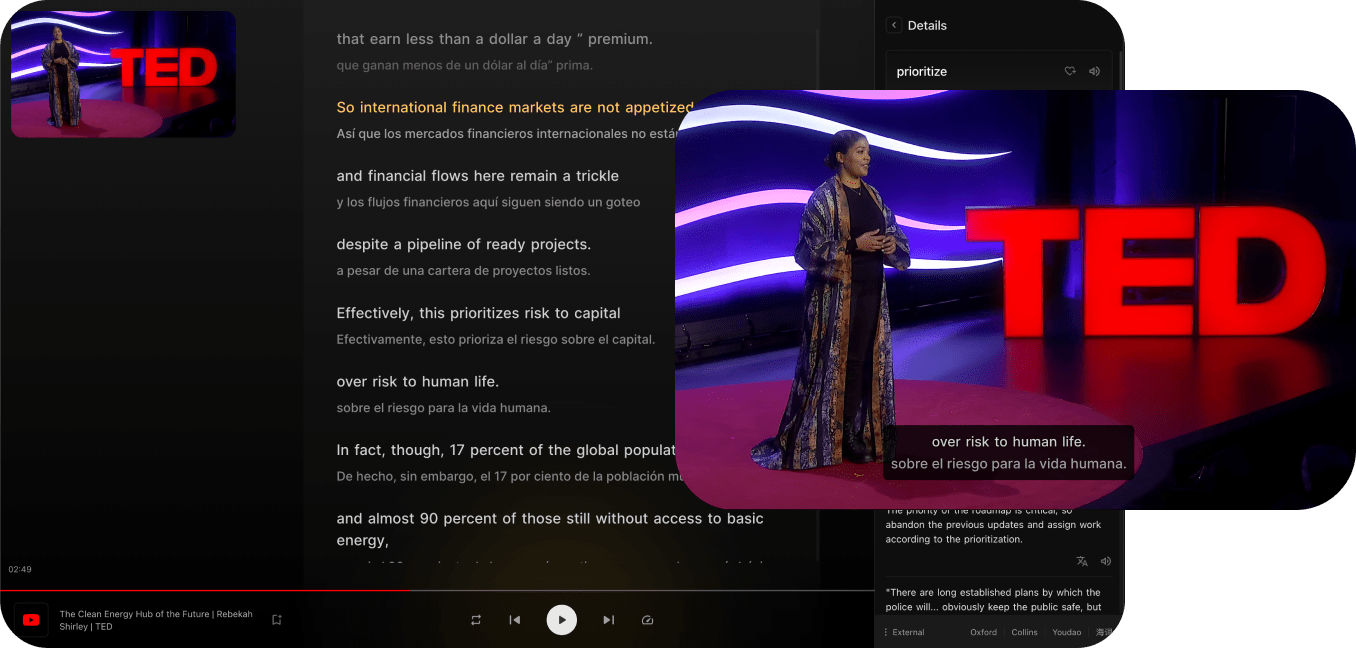At the end of Alien Romulus, a new and terrifying creature is born.
A hybrid of human, xenomorph, and engineer.
referred to as the offspring in the credits,
is a direct result of the black goo, a substance first introduced in Prometheus, and further explored an alien covenant.
The hybrid's appearance and behavior draw heavily from the established lore of the Alien franchise, connecting it to the engineers and the xenomorph species.
The offspring is born during the film's climactic sequence, when Kay, one of the main characters, injects herself with the black goo, a substance.
engineers to create and manipulate life.
At this point in the film, Kay is already pregnant, and the injection accelerates and mutates the development of her fetus.
which has been shown to react unpredictably with organic matter,
triggers a rapid and unnatural evolution in the fetus, leading to the birth of a hybrid creature that embodies of both xenomorphs and engineers.
This hybridization process is rooted in the shared DNA between humans and engineers, as revealed in Prometheus.
The engineers, a race of advanced beings, created humanity through a similar process involving the black goo.
When Kay's fetus is exposed to the substance,
it reverts to a more primal,
engineer-like state, while also incorporating the genetic material of the xenomorphs, which were themselves a by-product of the black goo's mutagenic properties.
The offspring exhibits several distinct physical features that set it apart from both humans and xenomorphs.
It has the pale, almost translucent skin characteristic of the engineers, as well as their elongated limbs and tall stature.
Its eyes are large and black, reminiscent the engineer's own ocular features, giving it an eerie, otherworldly appearance.
However, The offspring also displays clear Xenomorph traits.
Its skeletal structure is biomechanical, with a pronounced rib cage and sharp elongated claws.
Its mouth, filled with metallic, razor-sharp teeth, is capable of extending like a Xenomorph's inner jaw, making it a formidable predator.
The creature's overall form is reminiscent of the newborn alien from alien resurrection,
though it is more streamlined and physically imposing, reflecting the genetic influence of the engineers.
The offspring's behavior is a blend of primal aggression and advanced intelligence.
it is driven by the by an instinct to kill and survive,
but it also shows signs of higher cognitive function, likely inherited from its engineered DNA.
This intelligence manifests in its ability to stalk and ambush its prey with calculated precision, using the environment of the space station to its advantage.
Rapid growth and physical capabilities are also noteworthy.
Shortly after its birth, it demonstrates immense strength, capable of tearing through metal doors and overpowering its human adversaries with ease.
It's accelerated development is a direct result of the Black Goose influence,
which hastens its evolution from a newborn into a fully developed predator in a matter of minutes.
The creation of the offspring in Alien Romulus is a significant bridge between the event of Prometheus the original alien films.
The black goo, described as the Prometheus fire in the film, is the same substance that led to the creation of the xenomorph species.
In particular, the deacon.
By injecting herself with this substance, Kay inadvertently taps into the same genetic potential that the deacon.
engineers harnessed to create life, resulting in a creature that embodies the worst aspects of both species.
This hybrid creature also raises questions about the nature of the xenomorphs themselves.
Given that the black goo is a key component in their creation,
the offspring's existence suggests that the xenomorphs may not be the final stage in the evolutionary chain, but rather one of many possible outcomes.
The offspring's engineer-like appearance hints at the possibility that the engineers intended to create a perfect organism,
a goal that is central to Wayland-Yutani's ongoing experiments.
The introduction of the offspring in Alien Romulus has significantly significant implications for the broader alien franchise.
First, it reaffirms the connection between humans and engineers, suggesting that the two species are more closely related than previously thought.
This connection, facilitated by the black goo, underscores engineer's role as creators manipulators of life, with humanity being one of their many experiments.
Second, the hybrid's existence adds a new layer of complexity to the xenomorph mythos.
The creature is not just a blend of human and xenomorph DNA, but a synthesis of the engineer's most advanced genetic engineering techniques.
This raises the possibility of further hybrid creatures in future films, each potentially more powerful and dangerous than the last.
Finally, the offspring's creation and subsequent behavior highlight the dangers of unchecked scientific experimentation, the black goo, while capable of creating life.
life is inherently unstable and unpredictable, leading to the birth of monstrosities that defy nature.
central to the Alien franchise,
is epitomized in the offspring, born of humanity's Hybrid highlights the franchise's enduring fascination with the themes of creation, evolution, and dangers of playing God.
By merging human, xenomorph, and engineer DNA, the film creates a creature that is both familiar and terrifyingly new.
The offspring is not just a monster.
but a symbol of the complex and often destructive relationships between these three species.
Its existence raises new questions about the origins and future of the Xenomorphs,
and suggests that the engineer's influence on the alien universe is far from over.
So which newborn do you prefer, the one an alien?
in resurrection, or the offspring in Alien Romulus.
Also, check out the I'm Fine t-shirt in our store, the perfect gift for sci-fi fans.
Until next time, stay frosty and alert.
